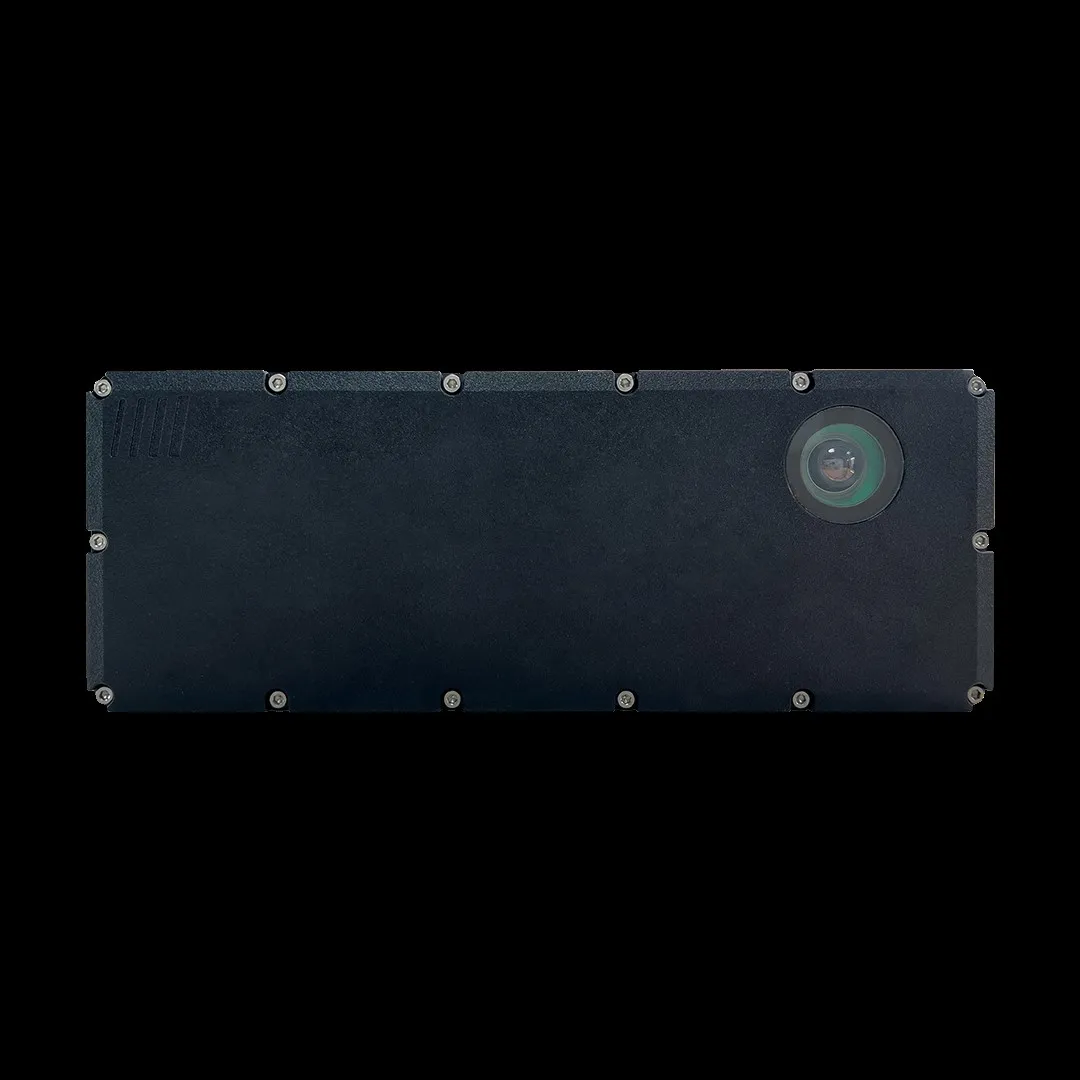SeeDOT, from vehicle recognition specialist HTS, uses multiple 2MP IP imaging units with customised visible, near and invisible synchronised illumination to automatically monitor commercial vehicles entering and exiting controlled areas such as Ports of Entry, border crossings and weigh-in-motion stations. The system is said to operate effectively at both moderate and high speeds in mainline, virtual and ramp applications to capture details including DOT, LPR, Overview, KYU and Jurisdiction.
HTS says Se
June 1, 2015
Read time: 2 mins

SeeDOT, from vehicle recognition specialist 4015 HTS, uses multiple 2MP IP imaging units with customised visible, near and invisible synchronised illumination to automatically monitor commercial vehicles entering and exiting controlled areas such as Ports of Entry, border crossings and weigh-in-motion stations. The system is said to operate effectively at both moderate and high speeds in mainline, virtual and ramp applications to capture details including DOT, LPR, Overview, KYU and Jurisdiction.
HTS says SeeDOT can be deployed in almost any environment and the imaging units are optimised for high performance in low light and all weather conditions. The software applications provide front and rear license plate reads for mixed plate scenarios for reflective and non-reflective plates at speeds of up to 80mph (130km/h).
IP connectivity supports a distributed network of imaging units over large single and multi-site applications enabling users to remotely configure, manage and maintain the systems and data. Its web-based management application is accessible from any standard bowser, enabling agencies to automatically check, in real time, against state and federal transportation databases for expired registrations or previous commercial vehicle infractions.
HTS says SeeDOT can be deployed in almost any environment and the imaging units are optimised for high performance in low light and all weather conditions. The software applications provide front and rear license plate reads for mixed plate scenarios for reflective and non-reflective plates at speeds of up to 80mph (130km/h).
IP connectivity supports a distributed network of imaging units over large single and multi-site applications enabling users to remotely configure, manage and maintain the systems and data. Its web-based management application is accessible from any standard bowser, enabling agencies to automatically check, in real time, against state and federal transportation databases for expired registrations or previous commercial vehicle infractions.










